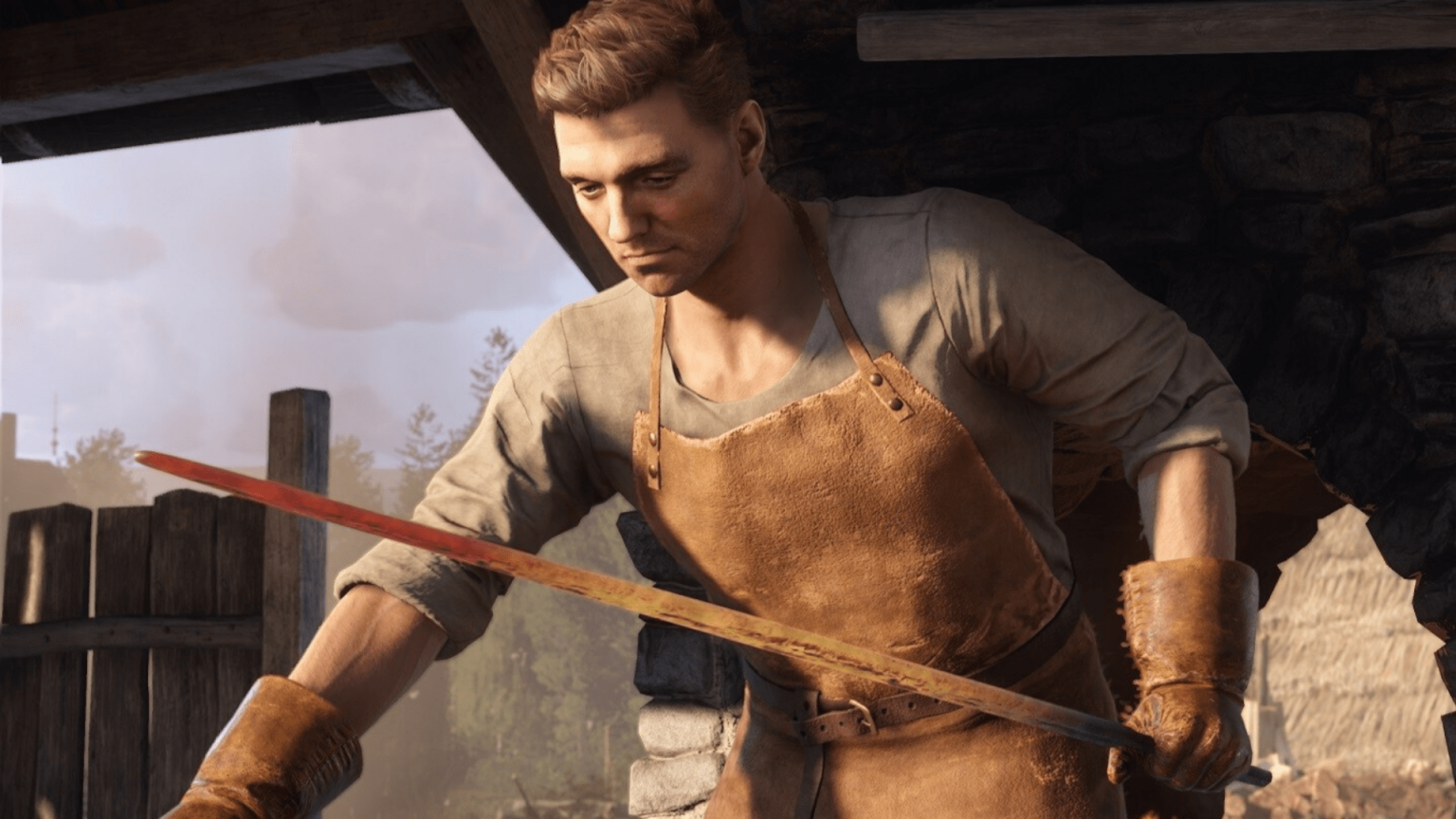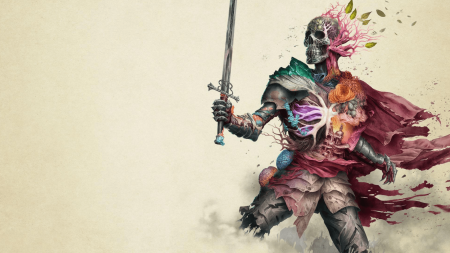Kingdom Come: Deliverance 2 (KCD2) elevates the unique formula of its predecessor, delivering a refined and immersive medieval RPG experience. Building upon the foundation laid by the original, KCD2 expands and polishes every aspect, from its intricate game systems and stunning visuals to the vast, explorable world of 15th-century Bohemia. While often compared to Skyrim, KCD2 carves its own distinct identity, eschewing fantasy elements in favor of historical accuracy and grounded realism. The game plunges players back into the life of Henry, the blacksmith’s son, picking up directly after the events of the first game. However, new players can easily jump into KCD2 without prior knowledge, as the narrative provides sufficient context and seamlessly integrates newcomers into the unfolding drama. The initial journey with Sir Hans Capon to Trosky Castle sets the stage for a compelling adventure filled with intrigue, danger, and the ever-present challenges of surviving in a harsh and unforgiving era.
KCD2 embraces a demanding but rewarding gameplay loop centered on skill progression and mastery. Unlike many RPGs where simple actions are trivial, KCD2 requires dedication and practice to excel in even basic activities. Combat, while streamlined from the first game, retains a deliberate clunkiness that reflects the realities of medieval warfare. Mastering the intricacies of swordplay, archery, or even horseriding provides a tangible sense of accomplishment. This commitment to realism extends to other aspects of gameplay, such as lockpicking, blacksmithing, and even maintaining personal hygiene. Every action contributes to Henry’s overall condition and influences his interactions with the world. Food spoils, clothes tear, and lack of sleep impacts combat effectiveness, forcing players to engage with the mundane realities of medieval life. While this level of detail can sometimes feel tedious, it contributes significantly to the game’s immersive qualities.
The depth of KCD2’s systems creates a dynamic and reactive world where consequences are tangible and choices matter. NPCs remember past interactions, holding Henry accountable for his actions. Crimes, whether petty theft or violent assault, rarely go unpunished unless players can successfully navigate social situations and employ clever dialogue. The world reacts dynamically to Henry’s behavior, creating a sense of agency and realism seldom seen in other RPGs. The initial map area of Trosky, already substantial enough to constitute a full game, provides a mere taste of the world’s scale. After 20 to 40 hours exploring Trosky, the narrative shifts to Kuttenberg, an even larger and more complex region. This sprawling world, combined with the intricate interplay of game systems, ensures that no two playthroughs are ever truly identical. Unexpected events and emergent gameplay arise from the dynamic nature of the simulation, creating unique stories and memorable moments.
While the scale and complexity of KCD2 occasionally lead to unforeseen bugs or quirky interactions, these instances often enhance the overall experience, adding to the unpredictability and realism of the world. Rather than detracting from the game, these emergent moments become part of the player’s unique narrative. The quality of the writing and quest design further elevates the experience. Even seemingly minor side quests contribute to the overall narrative tapestry, seamlessly weaving into the main storyline and enriching the world’s lore and character development. Every task, from the mundane to the epic, feels meaningful and connected to the greater narrative. This interconnectedness fosters a sense of purpose and investment, ensuring that even seemingly trivial encounters can have significant ramifications.
KCD2’s meticulous attention to detail extends beyond gameplay mechanics and narrative design, encompassing the visual and auditory aspects of the game as well. The depiction of 15th-century Bohemia is breathtaking, capturing both the beauty of its lush forests and the harsh realities of medieval life. From bustling towns and imposing castles to tranquil countryside scenes, the environment is richly detailed and evocative. The sound design further enhances the immersion, filling the world with the sounds of nature, the clatter of blacksmiths’ hammers, and the lively chatter of townsfolk. The combination of stunning visuals and immersive audio transports players back in time, creating a believable and captivating medieval world.
In conclusion, Kingdom Come: Deliverance 2 refines and expands upon the ambitious foundation laid by its predecessor. It offers a deeply immersive and challenging RPG experience grounded in historical accuracy and realism. While the complex systems and demanding gameplay may not appeal to everyone, those willing to invest the time and effort will be rewarded with a uniquely rewarding and engaging adventure. KCD2 stands apart from the typical fantasy RPG fare, offering a refreshingly grounded and immersive portrayal of medieval life. Its intricate mechanics, compelling narrative, and stunning world create a truly unique gaming experience that will stay with players long after the credits roll. The game’s commitment to realism and historical accuracy creates a unique sense of place and time, making it a must-play for fans of immersive RPGs and history buffs alike.











